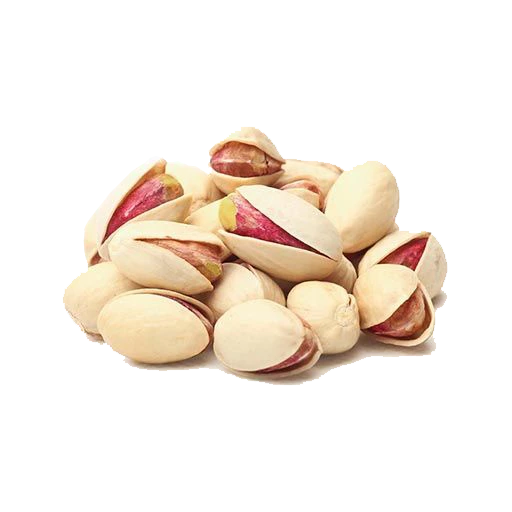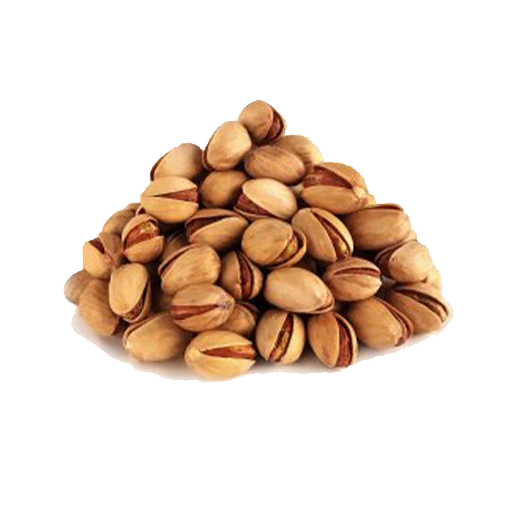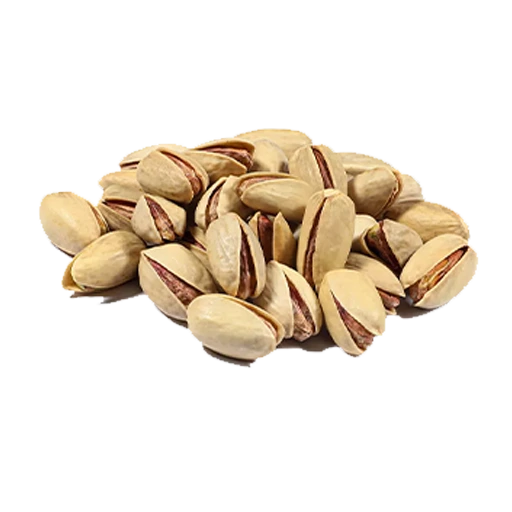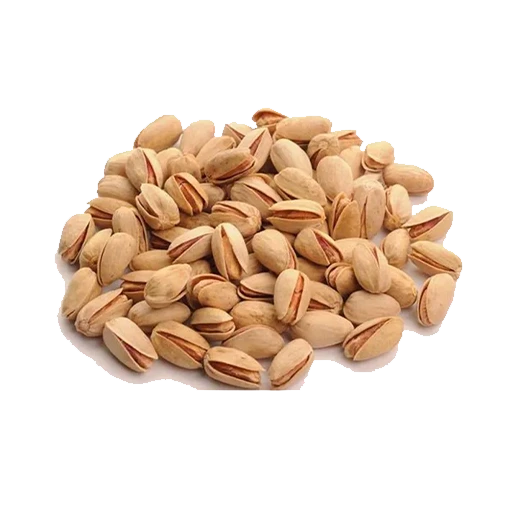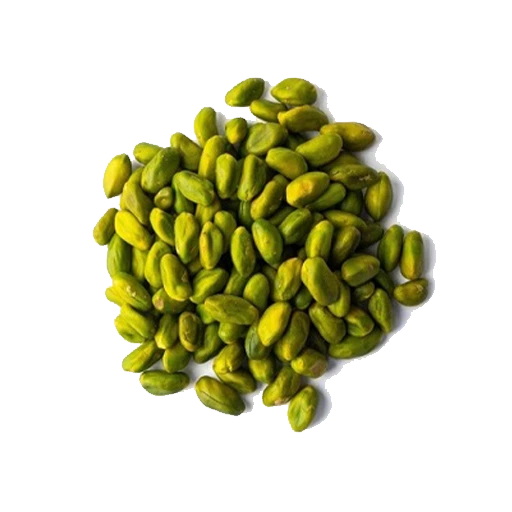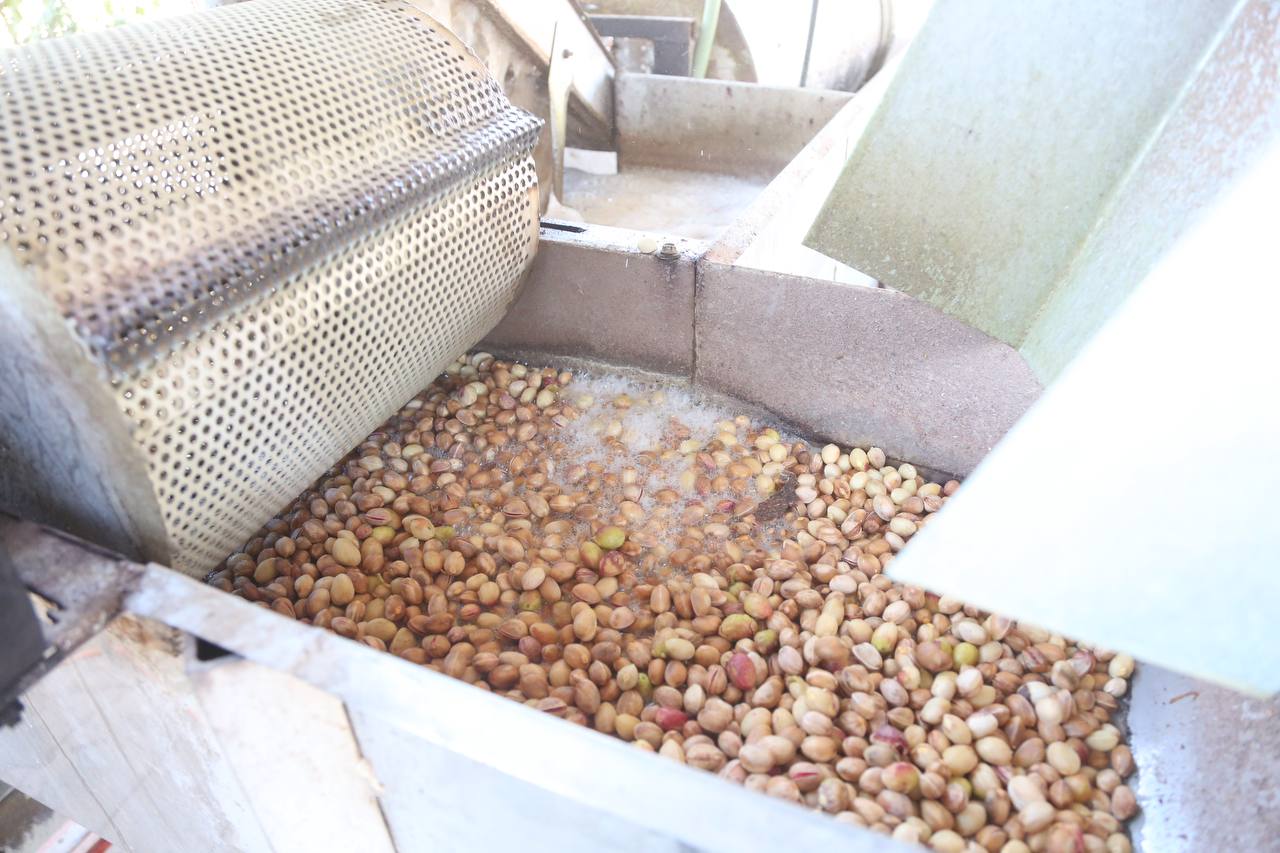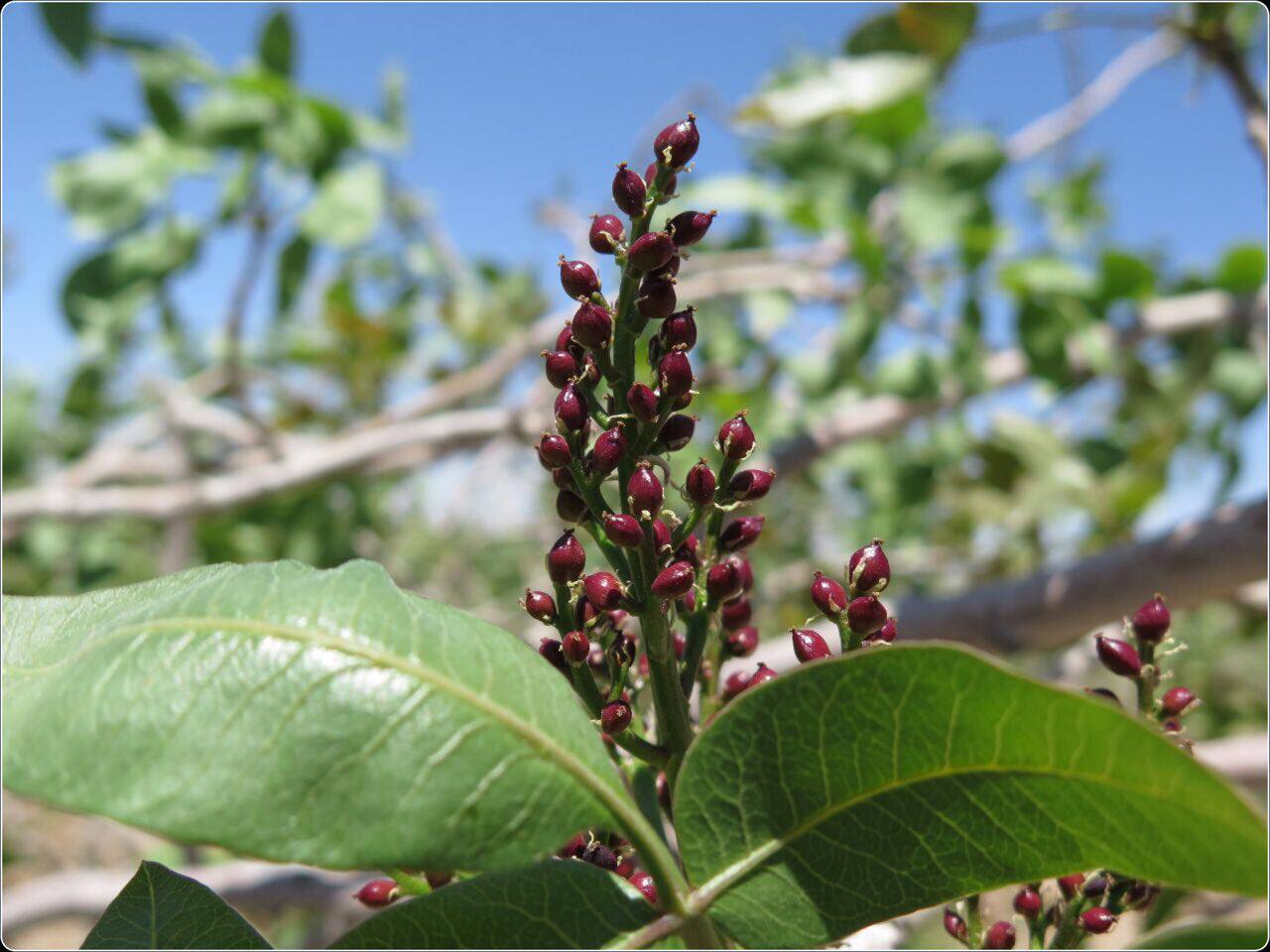Pistachios are highly valued in global markets not only for their flavor and nutritional benefits but also for measurable qualities such as size and kernel weight. These attributes play a crucial role in determining market prices, both for domestic consumption and export. Understanding how pistachio size and kernel weight influence pricing provides insights into the production, grading, and marketing strategies of producers and exporters.
Understanding Pistachio Size
The size of pistachio nuts is one of the most visible and important factors affecting market value. Larger pistachios are generally more appealing to consumers because they are easier to shell, provide a better eating experience, and enhance the visual presentation in packaging or serving.
Size is determined by several factors, including the variety of pistachio, tree health, soil fertility, irrigation practices, and harvesting techniques. Premium varieties such as Ahmad Aghaei and Akbari often produce larger kernels under optimal conditions. Orchards that prioritize careful pruning, soil care, and water management tend to yield nuts with superior size consistency.
Sorting facilities categorize pistachios into different size grades, which allows buyers and exporters to set precise pricing tiers. Larger nuts are typically allocated to luxury markets, gift packaging, or high-end exports, while smaller nuts may be used in processing or bulk sales.
Kernel Weight and Its Impact on Quality
Kernel weight refers to the mass of the edible portion of the pistachio, excluding the shell. Heavier kernels indicate fuller, denser nuts, which are preferred by both consumers and international buyers. The kernel-to-shell ratio is a critical quality indicator and directly affects pricing.
Several factors influence kernel weight. Irrigation schedules, fertilization, and proper tree management ensure that pistachios develop fully. Additionally, timing of the harvest is essential: nuts collected too early may have underdeveloped kernels, while delayed harvesting can lead to splitting defects or reduced flavor quality.
Quality control at sorting facilities ensures that pistachios with heavier kernels are separated from lighter or damaged ones. These nuts are usually sold at premium prices because they deliver a superior eating experience and meet international quality standards.
Grading Systems for Pistachio Pricing
Pistachios are graded based on multiple criteria, including size, kernel weight, shell integrity, and the percentage of naturally split nuts. Each grade corresponds to a specific price range, allowing buyers to select nuts that match their market needs.
Premium grading prioritizes large, uniform, heavy kernels with intact shells. Export markets often demand strict adherence to these standards, and producers who achieve consistency in size and kernel weight can command significantly higher prices. In contrast, standard grades may include smaller, lighter nuts suitable for processing, confectionery, or domestic consumption.
Grading not only affects pricing but also influences packaging, marketing, and brand reputation. Companies that maintain high grading standards can build consumer trust and secure long-term contracts in competitive international markets.
Influence on Export Markets
International buyers consider size and kernel weight as critical indicators of quality. Large, heavy kernels are associated with freshness, flavor, and overall premium quality, making them highly sought after in luxury markets.
Exporters ensure that these nuts meet stringent standards by implementing advanced sorting, weight measurement, and quality inspection processes. Compliance with international regulations regarding moisture content, pesticide residues, and packaging standards is also crucial. High-quality pistachios with optimal size and kernel weight are often marketed as gourmet products, commanding higher prices and securing strong demand in countries such as the United States, Germany, and Japan.
Factors Affecting Pistachio Size and Weight
Several agronomic and environmental factors impact the size and kernel weight of pistachios. Soil fertility, irrigation practices, and fertilization schedules play a critical role in nut development. Trees that receive balanced nutrients and consistent water supply produce heavier, larger kernels.
Climate conditions, such as temperature fluctuations and rainfall, also affect nut growth. Extreme heat or drought stress can reduce kernel size, while proper orchard management mitigates these risks. Additionally, pest management and disease control ensure that nuts develop fully without defects or shriveling.
Economic Implications for Producers
Understanding the relationship between pistachio size, kernel weight, and pricing is essential for producers. By investing in orchard management, irrigation systems, and harvesting practices that optimize these factors, farmers can increase the proportion of premium-grade nuts. This directly impacts profitability, especially in export-oriented operations where large, heavy kernels are in high demand.
Moreover, precise grading and quality control reduce waste, ensure consistency, and enhance brand reputation. Producers who maintain these standards can negotiate better prices, secure stable export contracts, and position their products in premium market segments.
Packaging and Marketing Considerations
Size and kernel weight influence not only pricing but also packaging decisions. Large, heavy kernels are often packaged in premium boxes, gift sets, or retail-ready bags, highlighting their quality to consumers. Labels may include information about grade, origin, and the percentage of naturally split nuts to further emphasize premium status.
Marketing strategies leverage these quality indicators to attract consumers and differentiate products from competitors. Clear communication about size and kernel weight helps justify higher prices and builds trust among buyers, particularly in luxury and international markets.
Conclusion
Pistachio size and kernel weight are more than just physical attributes—they are critical factors that determine market value, consumer preference, and export potential. Larger, heavier kernels are associated with premium quality, superior taste, and international standards, enabling producers to command higher prices. By focusing on orchard management, harvesting techniques, and rigorous sorting processes, pistachio producers ensure that their nuts meet both domestic and global expectations. Understanding the role of size and kernel weight in pricing provides valuable insight into why certain pistachios are more sought after and highly valued in the competitive global nut industry

